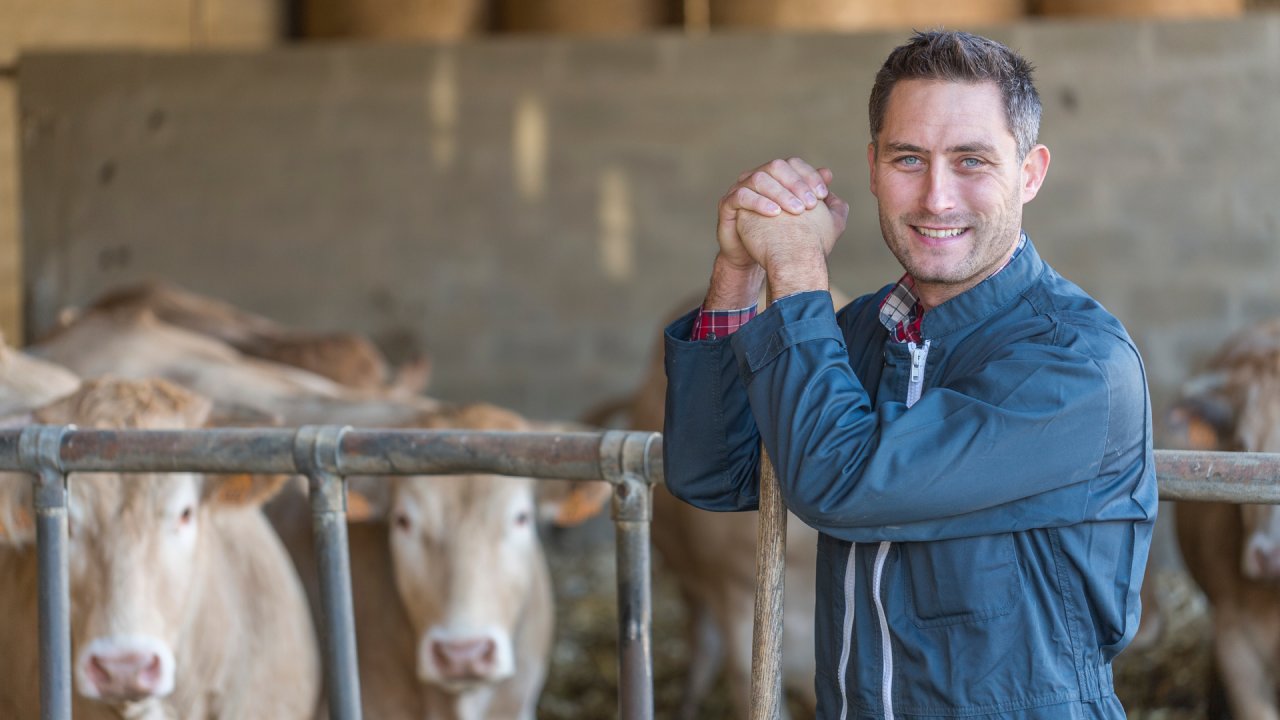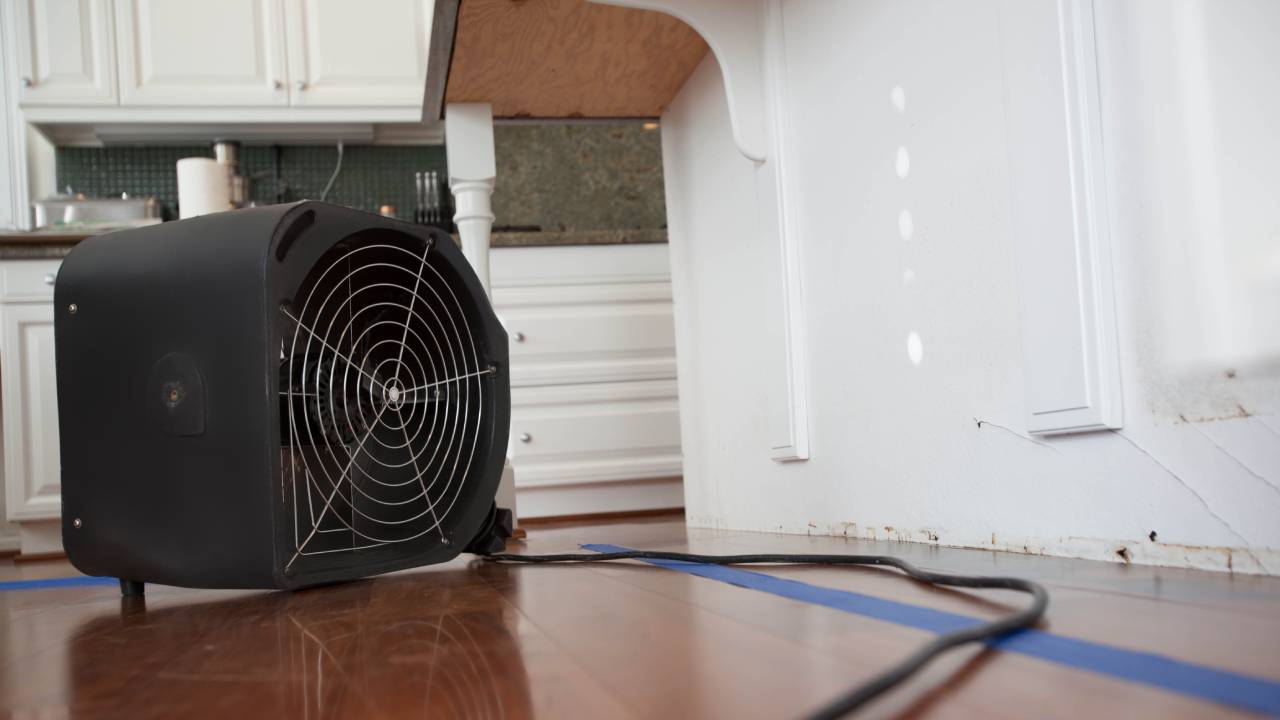Storm-proof your flagpole with these key tips. Ensure your flag stays safe and your pole endures through heavy winds and severe weather conditions.
Category: How To (How I Did)
You could call this a How To – but people often tell me I did it wrong – now to be fair you can’t really tell me I can’t do it that way, when the video shows I actually DID do it that way – so to cool down the hateraide – lets just call this HOW I DID
4 Ways Farmers Can Simplify Barn Management Tasks
Managing a farm is no small feat. Here are four practical ways farmers can simplify barn management tasks and make daily routines more efficient.
How Custom Expansion Joints Improve Operational Efficiency
By providing tailored solutions for piping systems, custom expansion joints enhance performance and increase operational efficiency in demanding environments.
Top 5 Tools You Need for Water Damage Repair at Home
Find the top 5 tools to repair water damage, prevent mold growth, and protect your home from further harm. Take control of your property’s safety today.
Effective Tips To Help You Catch the Elusive Musky
Catching a musky is a goal many anglers dream of achieving. The musky is notorious for being elusive, powerful, and thrilling to hook. A musky is a fish everyone should catch in their lifetime, not because of the bragging rights but because of the pure adrenaline rush it provides. If you’re ready to hook one […]





